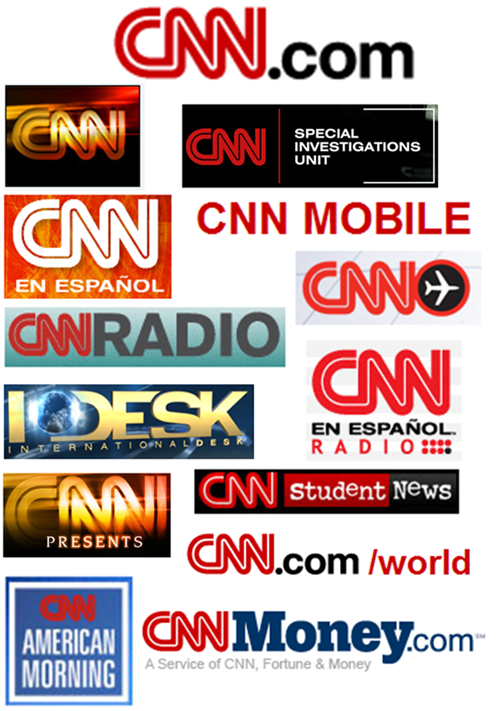 It’s breakout time. Time to go public with all of the competitive intelligence work that you have done in the first 10 steps of The Human Side of Competitive Intelligence.
It’s breakout time. Time to go public with all of the competitive intelligence work that you have done in the first 10 steps of The Human Side of Competitive Intelligence.
There are at least five important things to do at this stage. Before listing them, let’s review everything in the important prior steps. (Remember that the people and your relationships with them will contribute most to your success.)
- You spotted a competitive intelligence problem of interest to a senior manager and you delivered a useful answer.
- Even though you started small, you intentionally began to show the outlines of a compelling vision for competitive intelligence.
- You established a foundation for the effort and made the first introduction (in a limited way) of your CI brand. A few people began to notice what you were doing.
- With confidence, you approached your senior manager sponsor with a larger vision for competitive intelligence. Behind the scenes you established some standards to guide you and began acquiring the basic tools. As part of this, you also identified the critical people and groups to help you.
- All of the prior steps made it possible for you to request a budget, albeit a small one, to begin establishing an infrastructure. With the infrastructure slowly coming online, you began the more overt announcements of what you were doing and how it was important to the organization.
Here we go with five ways to expand the awareness and scope of your competitive intelligence brand.
 There are many lessons that I have learned in my adult life. One of them had to do with saying, “I don’t know.” Who knows why this was so difficult? I just know that years went by after I got married and my wife swears that she never heard those words from me.
There are many lessons that I have learned in my adult life. One of them had to do with saying, “I don’t know.” Who knows why this was so difficult? I just know that years went by after I got married and my wife swears that she never heard those words from me. Certainty is a virtue, isn’t it?
Certainty is a virtue, isn’t it?  Some people just have “It.” When there is a crowd, they still are able to be noticed. People want to hear what they have to say and their opinions seem to matter more. From the outside, it is not always clear just what they have done to earn such esteem. After all, much of what they are saying is no different than what you said or thought months again. Nevertheless, their presence and how it affects others is quite tangible.
Some people just have “It.” When there is a crowd, they still are able to be noticed. People want to hear what they have to say and their opinions seem to matter more. From the outside, it is not always clear just what they have done to earn such esteem. After all, much of what they are saying is no different than what you said or thought months again. Nevertheless, their presence and how it affects others is quite tangible.